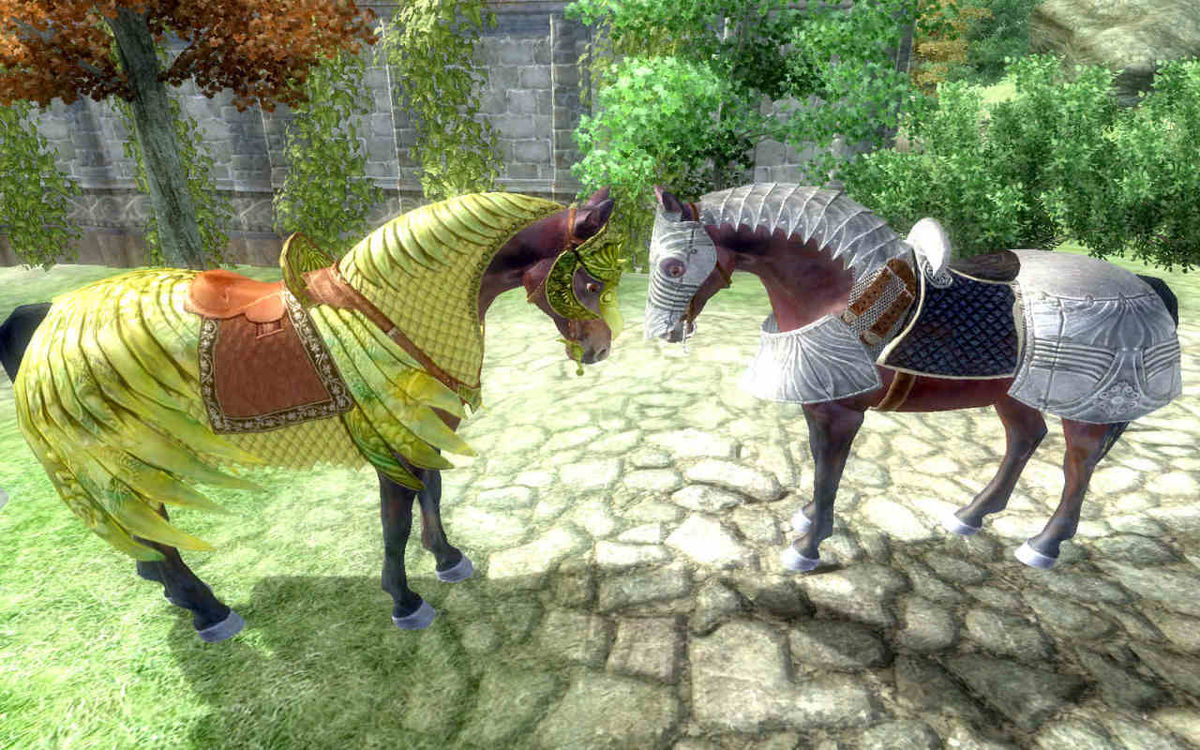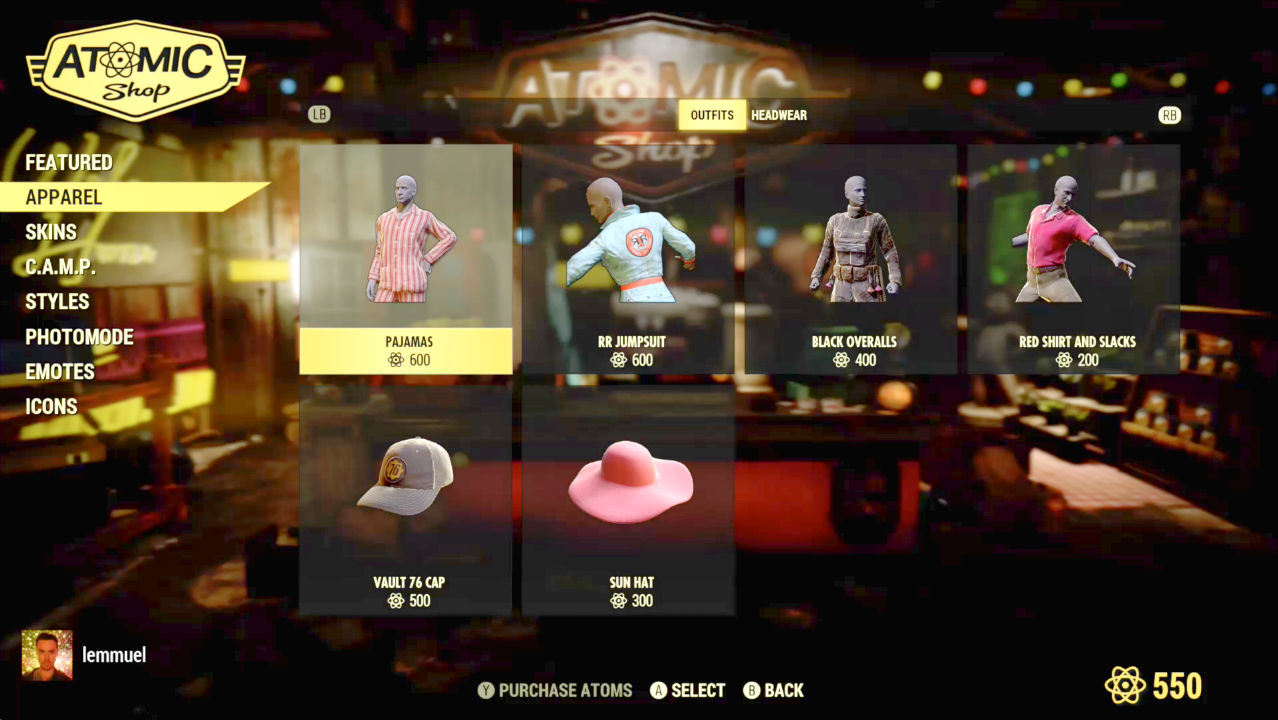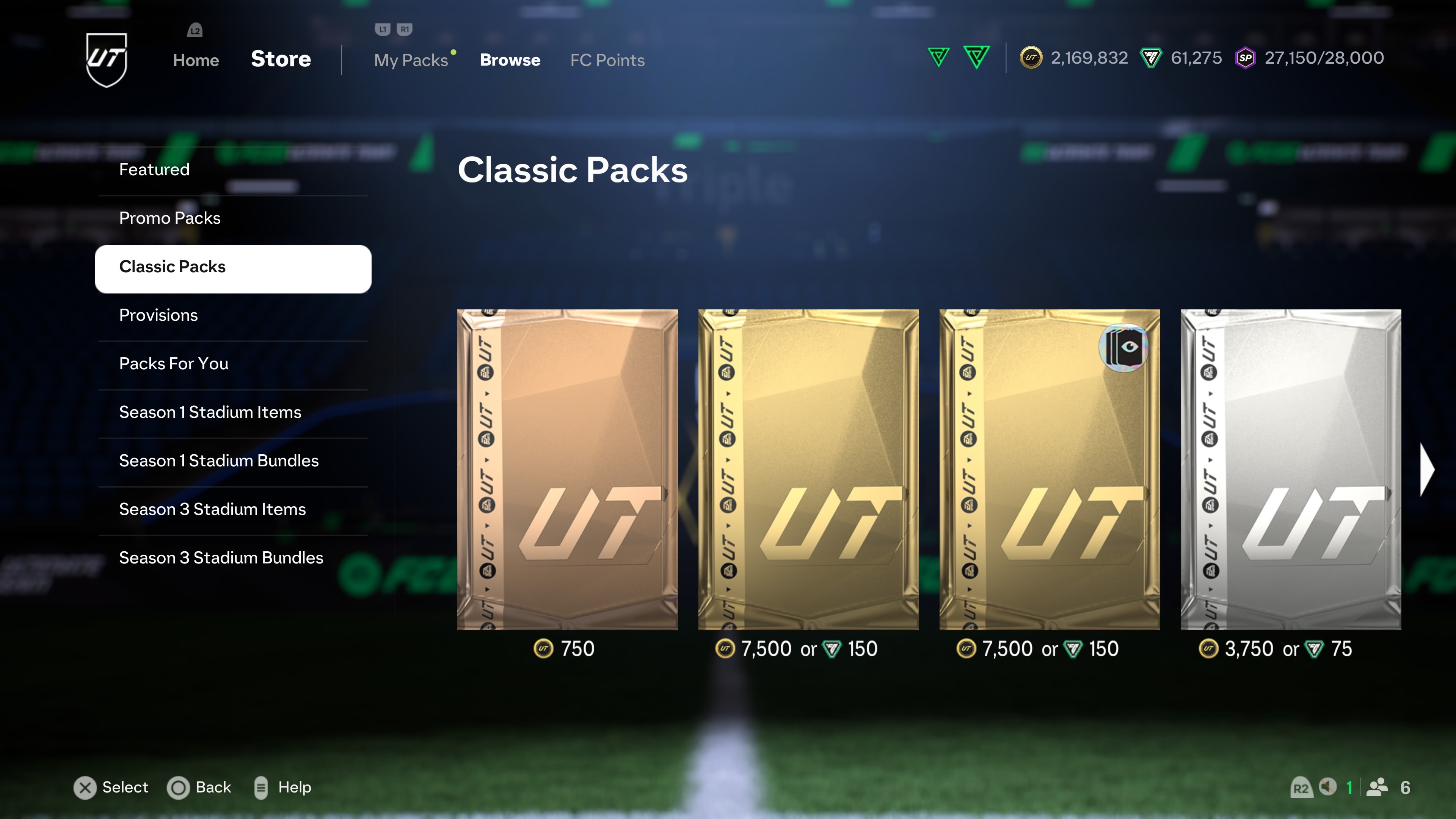
Welcome to the Age of $0.99 Temptation
There was a time when you bought a game, played it, maybe unlocked some content, and called it a day. That time is over. Now? You’re three hours deep in a colorful adventure, your armor looks like soggy cardboard, and the game gently whispers, “$4.99 and you can be fabulous.”
Microtransactions in gaming have become the lifeblood of modern titles—especially free-to-play and live-service games. But what started as optional flair has evolved into an ecosystem of premium currencies, randomized rewards, and psychological design trickery. So… are microtransactions enriching our experience or just monetizing our fun?
Let’s swipe our virtual credit card and find out.

What Even Are Microtransactions?
Microtransactions are small in-game purchases that typically cost a few dollars or less. They’re used to unlock cosmetic items, speed up progress, gain advantages, or access special content.
They come in all shapes and skins:
- Cosmetics: Outfits, skins, emotes, weapon designs. Style over substance.
- Pay-to-Progress: XP boosts, in-game currency, item packs. Time = money.
- Loot Boxes: Randomized rewards that feel like slot machines in disguise.
- Battle Passes: Timed content ladders that you grind (or pay) to climb.
- Gacha Mechanics: RNG-heavy systems, especially in mobile games, that make gambling legal because you’re gambling for anime swords.
It’s not just about buying stuff. It’s about how these systems make you want to buy.
The Psychology of the Purchase
Here’s where it gets sneaky.
Game developers work closely with behavioral psychologists to build systems that drive spending. Ever wondered why mobile games have energy systems, streak rewards, and daily login bonuses? They’re carefully designed to keep you engaged—and just a little bit frustrated.
That tension between desire and delay is where microtransactions shine. Want to skip the grind? Pay up. Missed the limited-time event? Pay to catch up. Want that sick-looking legendary outfit? It’s only available through a loot box that costs $2… but you’ll probably need 15 of them.
It’s not inherently evil—but it’s deeply calculated.
Are Microtransactions Evil or Just Inevitable?
The knee-jerk reaction is to say microtransactions are bad. But it’s more complicated.
On one hand, they allow developers to keep games free or low-cost. Fortnite, Genshin Impact, and League of Legends wouldn’t be as massive without them. On the other hand, aggressive monetization can ruin game balance, alienate players, and turn what should be fun into a digital mall with swords.
The problem isn’t the existence of microtransactions. It’s when they cross the line into:
- Pay-to-win: Competitive advantage only available to spenders.
- Manipulative design: Making the grind intentionally unbearable to force purchases.
- Predatory loops: Especially targeting young or impulsive players.
Not all microtransactions are created equal. But a lot of them are designed to feel like “just one more won’t hurt.”

The Rise of Cosmetic-Only Monetization
Let’s give some credit where it’s due. Many developers have moved toward cosmetic-only models, where purchases are purely visual. You can still play, win, and progress without spending a dime.
Valorant, Overwatch 2, and Apex Legends all offer paid skins, animations, and banners that don’t affect gameplay at all. You’re not paying to win—you’re paying to look good while you win.
This model is often seen as the most ethical. You’re not being outgunned by whales—you’re just underdressed.
But Cosmetics Still Matter, Right?
Absolutely. Skins and cosmetics may not impact the game’s mechanics, but they deeply impact how we experience the game. Looking cool can boost confidence, express personality, or signal status.
That’s why players spend hundreds on purely visual content. It’s not about stats—it’s about identity.
Cosmetics in games are the digital equivalent of fashion in real life. And just like real life, peer pressure, FOMO, and exclusivity sell like hotcakes.

The Whale in the Room
Let’s talk about whales—not the ocean kind, but the high-spenders.
In free-to-play economies, a small percentage of players (often less than 5%) account for the majority of revenue. These “whales” might spend hundreds or even thousands of dollars on cosmetics, boosters, and limited-time offers.
Game studios cater to whales aggressively, offering exclusive bundles, VIP rewards, and early access perks.
This model works… financially. But it creates imbalance and often leaves non-spending players feeling like second-class citizens in games they helped populate.
Regulation, Backlash, and the Future
The gaming community hasn’t stayed silent. Governments are investigating loot boxes as gambling. EU regulations are tightening. Entire Reddit communities exist solely to protest aggressive monetization.
And developers are responding. Some games now show drop rates, offer refunds, or avoid real-money purchases entirely.
But for every game that ditches loot boxes (hello, Rocket League), another ramps them up. It’s a constant tug-of-war between profit and player trust.

Are We Paying for Fun or Renting It?
Here’s a spicy thought: when you buy a skin, you don’t own it. You’re renting it under a digital license that can be revoked if the servers shut down. That’s the nature of online games. You’re not buying content—you’re buying access.
It raises philosophical questions about value. What are we really paying for? Is a limited-time emote worth $5 if it disappears when the game goes offline? And why are we okay spending more on a virtual sword than a full indie game?
The line between value and vanity is blurry—and that’s by design.
So, What’s the Verdict?
Microtransactions in gaming are neither fully good nor completely evil. They’re tools. And like any tool, they can be used to build cool stuff—or hit us over the head.
When used ethically, they fund ongoing development, support free access, and let players personalize their experience. When abused, they exploit players, gatekeep content, and turn games into psychological pressure cookers.
As players, we have power too. We vote with our wallets. We can reward fair practices and call out exploitative ones.
Because if we don’t, we might all wake up one day in a future where every jump, sword swing, and save file costs $0.99.

Final Thoughts from LevelUp Gazette
At LevelUp Gazette, we believe microtransactions reflect a bigger conversation about how we value games—and how games value us. If developers respect our time, attention, and intelligence, we’re more than happy to support their work.
But when the game becomes a storefront first and a game second, it’s time to log out.
So the next time a pop-up asks you for $2.99 for a “golden flaming unicorn skin,” ask yourself: am I buying joy, supporting the devs… or just fueling a system that treats players like wallets with thumbs?